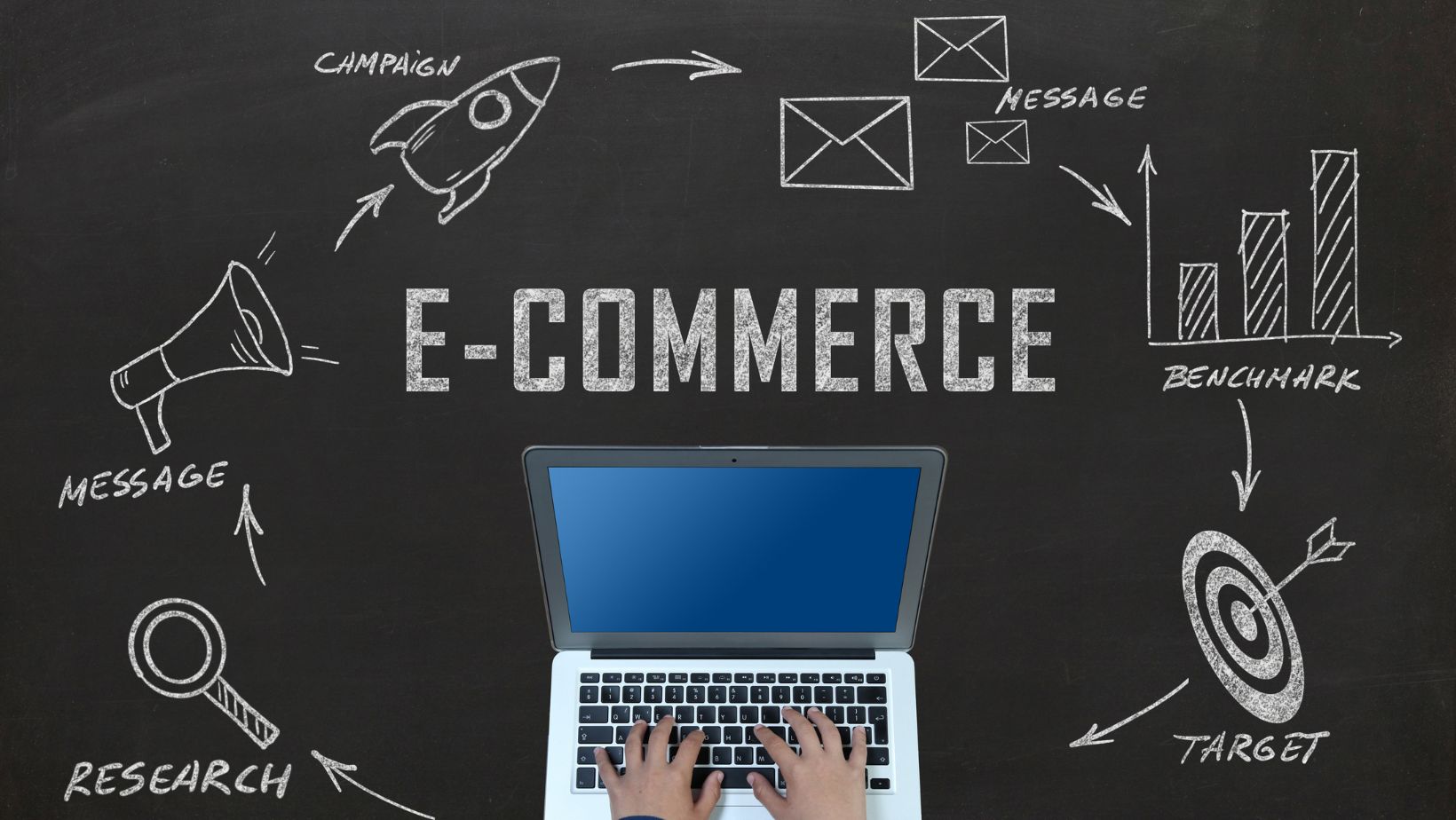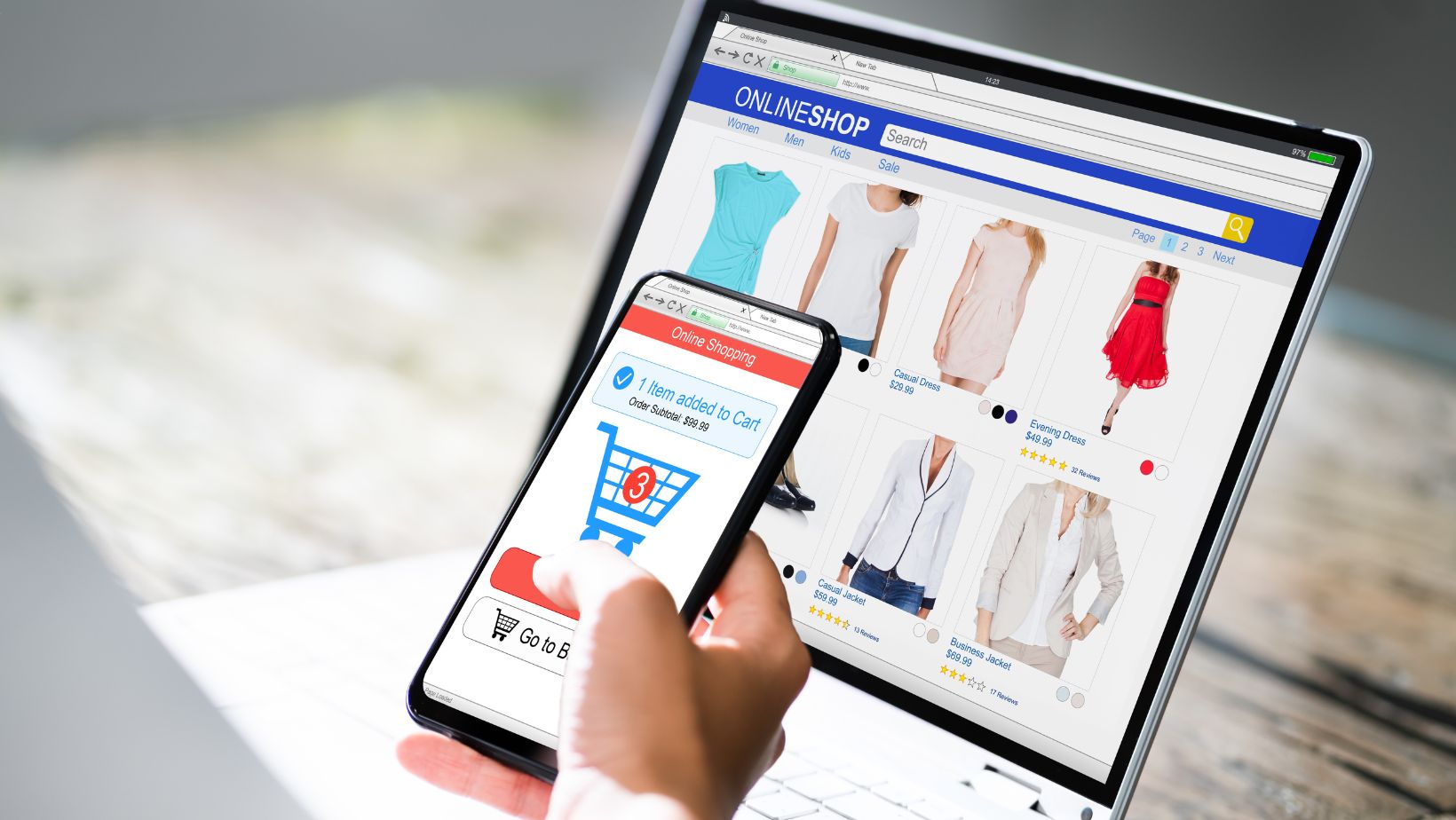
Running an e-commerce store successfully can seem simple at first. You pick a product, launch a site, and expect orders to roll in. But without planning and precision, you’ll face costly setbacks. Many stores fail because the owners skip basic checks or copy what others do without understanding why.
Many store owners repeat the same mistakes. They skip product research. They rely on one traffic source. They overlook the small details that drive trust, like fast load times or clear return policies. In this article, we will go over several of the most common mistakes to avoid.
1 – Poor customer service
If your customer service is slow, unresponsive, or unclear, people will leave and they won’t come back. You can spend all day optimizing your ads and product pages. But if someone has a question and waits two days for a reply, that sale is probably gone. Worse, poor service after a purchase can lead to chargebacks, negative reviews, and a loss of trust that is hard to rebuild.
Delivery is part of the service too. If shipping takes too long or the package goes missing, it reflects on your store, not the carrier. That is why your fulfillment process has to work. If you are selling in a specific region, like Florida, using a local delivery partner can help reduce delays. A service like Florida Couriers gives you more control over last-mile delivery and can improve both speed and reliability.
You need fast, simple communication. That means using clear language, setting expectations before checkout, and responding quickly when something goes wrong. Automated replies help, but they are not enough. People want to know someone is actually paying attention.
2 – Weak Product Pages
Weak product pages will destroy your chance of making a sale, no matter how much traffic you send. If the images are blurry, the description is vague, or the sizing details are missing, people will leave without buying. A good product page builds trust fast. A bad one makes people hesitate, and hesitation kills conversions.
Your images need to show the product clearly. Use high-resolution mockups or real photos that reflect how the item looks in real life. If your product is worn, like clothing or accessories, people want to see it on a person. If it’s used at home, they want to picture it in a real setting.

3 – Not Testing and Iterating
Assuming something works without testing is one of the fastest ways to waste money. You might like a certain headline, product photo, or ad copy, but your opinion doesn’t matter unless buyers respond to it. What feels obvious to you may not land the same way with someone scrolling through your site for the first time.
Testing isn’t complicated. It just requires discipline. Change one thing at a time and measure what happens. That could mean trying a new hero image on your homepage, swapping the position of your reviews, or testing different call-to-action phrases on your product buttons. If you change everything at once, you won’t know what helped or hurt your results.







